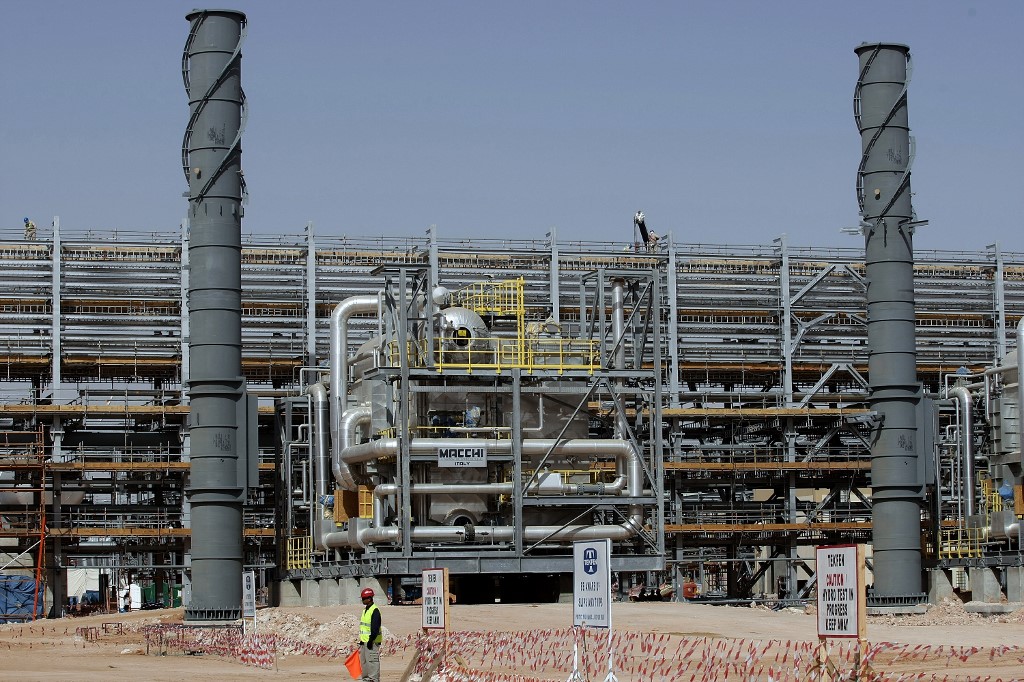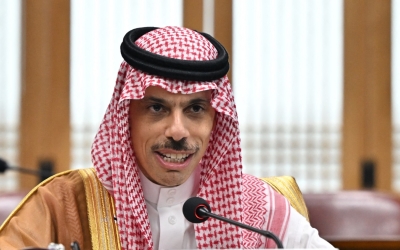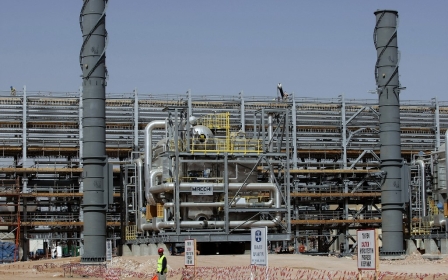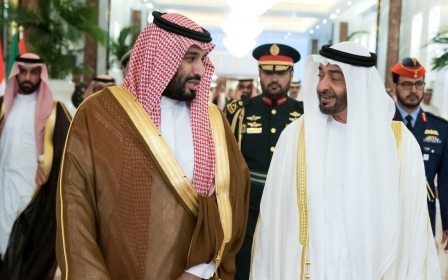Opec's surprise cut: Is the global economy ready?
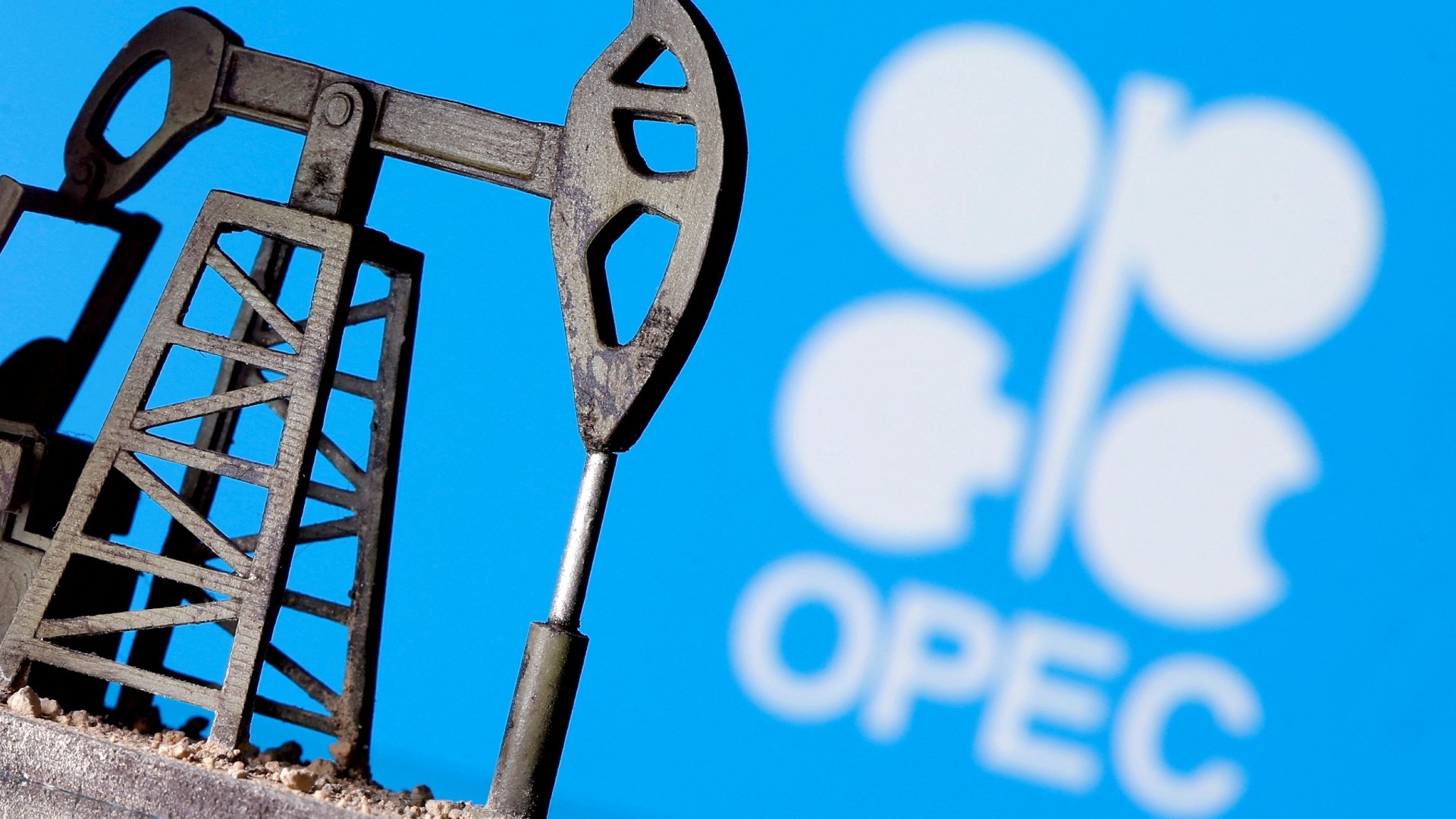
Over the weekend, Saudi Arabia announced a “voluntary” cut of 500,000 barrels per day in oil production. This was followed by similar announcements from several other Opec+ members who also promised to trim production.
The move highlights the considerable concern that producers have about the state of oil fundamentals, their desire to regain market share and to stabilise prices well over $80 a barrel. It also reflects their desire to reverse financial market sentiment and punish speculators. Most of the countries involved in this voluntary cut are credible producers likely to comply with these targets, suggesting the risks may be tilted towards undersupply of oil.
The move went in the face of very recent guidance from producers, that they would stick to recent production until the end of the year. The move partly reflects concern that oil demand and global growth are failing to pick up as strongly and as quickly as Opec anticipated.
Many market actors expected even stronger energy demand from China after it ended zero Covid, while other actors are worried about the risks of continuing stress from global banks that are facing losses from their bond portfolios.
How effective the cut is depends on whether the participants actually cut and how weak the global outlook actually is. As with any target cut, the first question is how credible the decision is - ie whether producers actually comply. In the context of Opec, this depends on which countries are participating, as many Opec+ members are unable to - or reluctant to - change production.
New MEE newsletter: Jerusalem Dispatch
Sign up to get the latest insights and analysis on Israel-Palestine, alongside Turkey Unpacked and other MEE newsletters
Opec+’s previous cut announced last autumn was less than it seemed. It promised a cut of 2m barrels a day, but in practice reduced output volumes by around 1m barrels per day as many countries were already underproducing their quotas. This time round the cuts seem more credible, at least in the near term, given the countries pledging to do the cutting. These largely Mena countries tend to be more willing to adjust production to stabilise markets.
'Coalition of the willing'
The members of this “coalition of the willing” include the UAE (144,000 barrels per day), Kuwait (128,000), Iraq (211,000), Kazakhstan and Oman. Most of these countries are those that have spare capacity and thus tend to be able to boost supplies but also are more likely to actually commit to cuts, believing that higher prices in the long-term support investment.
While it's not unprecedented for individual producers to announce voluntary unilateral cuts, this announcement seems to be a rare coordinated set of voluntary cuts, aimed at increasing the market impact and perhaps expanding the group involved.
Unlike the broader Opec+ group, those stepping up to announce cuts are mostly countries that are likely to be able to complete these cuts. Iran, Venezuela, Nigeria and others already struggling to meet their allowed quotas (and which would argue for exemptions) are not included. If the announcement effect is successful, we may see lower compliance.
More ambiguous is Russia, which may have set off this wave of so-called voluntary cuts by announcing one of its own earlier this spring, on the eve of the implementation of the G7+ oil product price cap, which targeted Russia over its invasion of Ukraine. This announcement reflected Russian producers' concern that they could not find new buyers for their oil products following loss of western markets.
Russia, though, does not seem to have fully complied with this production cut yet as price discounts seem to have succeeded in redirecting Russia's products to new buyers. Their Opec+ partners are likely to apply more pressure to make sure that Russian producers also share the burden, as recent discounts have reduced GCC market share in Asia.
Other Opec+ members have no interest in letting Russia free-ride, as coordination with the country was a major driving force behind the expansion of the group to begin with. Overall if the “Opec+” cuts announced this week are successful, it will make compliance with the Russian price cap more difficult as it will raise a range of prices.
US concerns
The US has predictably responded to the planned Opec+ cuts with concern, suggesting that the decision is “ill-advised'' given the potential impact on global (especially US) consumers.
However, the US missed an opportunity to set its own floor in the oil market. Despite suggesting it might purchase fuel to refill its strategic petroleum reserves (SPR), and thereby send a predictable message for investment, the Department of Energy failed to announce details of a plan to do so.
Opec producers have been angry about the US use of the SPR when oil prices were high, even though it helped ease tight markets, and remain concerned that it is an asymmetric policy rather than a tool that can be used on both sides of the market to help give a more realistic price signal.
Overall, this seems like a missed opportunity to communicate US support and commitment to a floor, albeit a lower one than Opec+ members prefer.
China’s reopening has prompted increased demand, but not as much as some bullish observers hoped
The recent banking stress created a reminder of the fragility of the global economy. Even if liquidity support and forced consolidation reduced these risks, accumulated higher debt service costs from higher interest rates have raised concerns about the pace of global growth and return on capital.
The persistence of inflation too suggests the Fed and its counterparts are not done.
China’s reopening has prompted increased demand, but not as much as some bullish observers hoped. In March, Opec expected Chinese oil demand to grow by 710,000 barrels per day in 2023, up from February's forecast of 590,000 barrels per day, and a contraction in 2022. In line with these cuts, expect these forecasts to be revised downwards.
As these two risks were perceived by markets, the oil market shifted from being very bullish to much more bearish. This bearish position from speculators persisted despite the recovery in some risk assets including bank stocks, after US authorities stepped in to provide liquidity and reduce the risk of a global banking crisis.
Longer-term challenges
What will the impact of the cuts be? Much depends on the actual global outlook and evolution of demand this year, especially in China, but also whether the major economies avoid a slide into recession. The current macro conditions remain uncertain, but a slowdown, not a recession, still seems more plausible as the impact of higher interest rates and debt service costs weaken rate-sensitive sectors and increase the costs of debt refinancing in many jurisdictions.
Opec+ cuts, if actually implemented, are preparing for a potential recession and suggest that they do not see a major pickup in Chinese demand or that a cut to OECD demand is possible.
There are still longer-term challenges that Opec is putting off. These include the UAE’s desire for more market share after its investment in new capacity. Potential additions from Iran and Venezuela, too, would require adjustments.
The moribund discussions on the Iran nuclear deal, known as the Joint Comprehensive Plan of Action, suggest that there is not an immediate challenge to the balance from additional volumes from Iran, and current additions from Venezuela are quite small in the face of only limited sanctions relief.
These pressures will build over time, especially if global growth remains soft. Overall, the Opec+ members acting today prefer a higher price now, even if it means lower demand, as they prepare for a longer-term energy transition.
Overall, time will tell if this decision is a prescient adjustment ahead of a global slowdown or if extensive premature cuts end up exacerbating any recession.
Either way, Opec+ seems ready to make sure oil prices are higher in the second half of this year than the first - even if that harms demand.
The views expressed in this article belong to the author and do not necessarily reflect the editorial policy of Middle East Eye.
Middle East Eye delivers independent and unrivalled coverage and analysis of the Middle East, North Africa and beyond. To learn more about republishing this content and the associated fees, please fill out this form. More about MEE can be found here.




